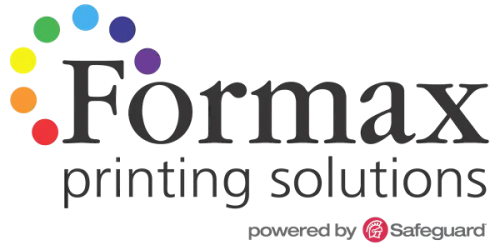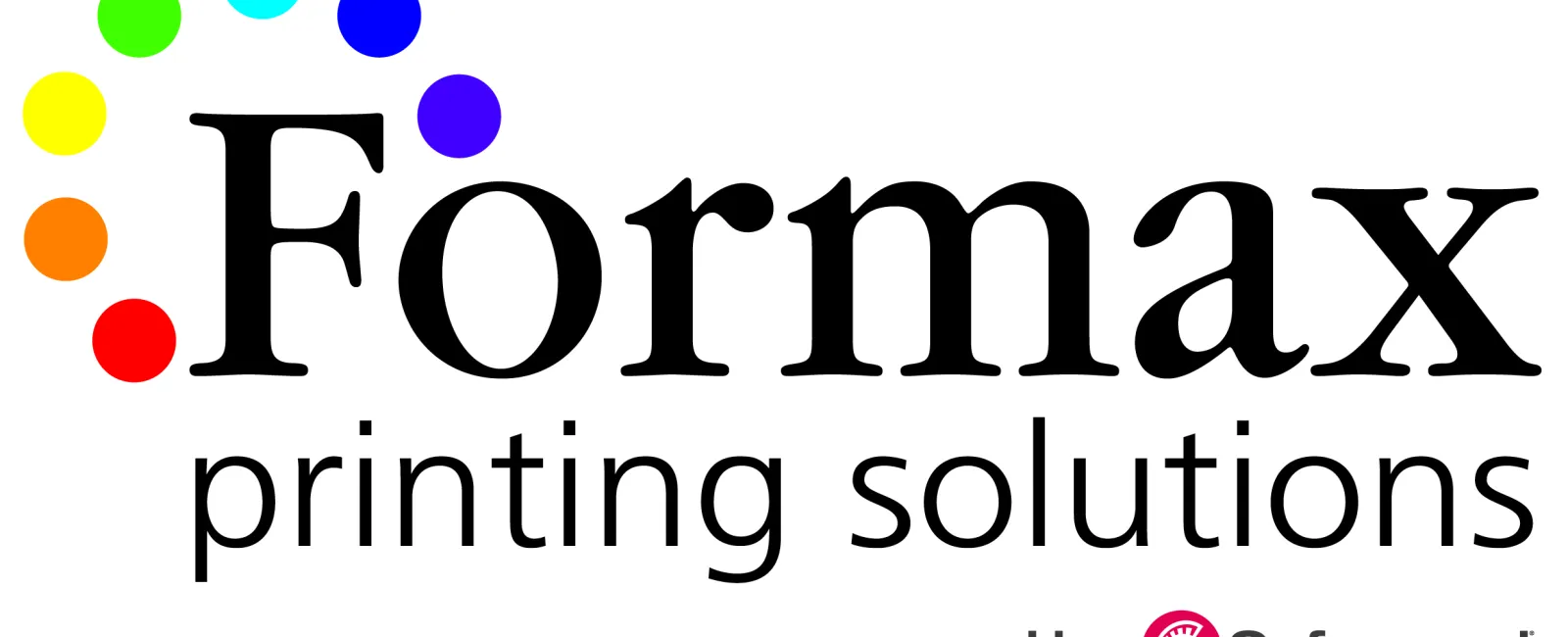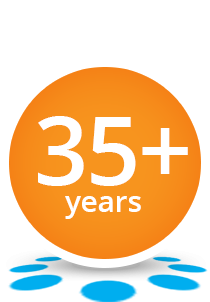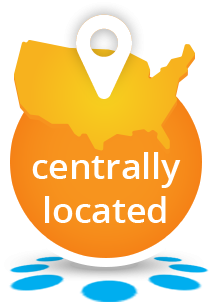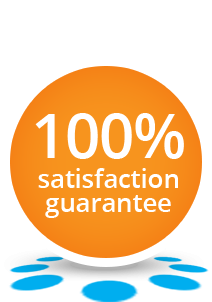The cover and pages of most books - including manuals, reference guides, handbooks, etc. - are constructed from paper. When used in a clean and dry environment, paper remains durable and can last long.
However, if a book is used in a setting where moisture is present, it can become permanently damaged if it comes in contact with water or other liquids. This is because paper is made from wood pulp. When wood pulp cellulose fibers absorb moisture, the bond between the fibers becomes weaker.
Because paper soaks up moisture so readily, it becomes limp and could easily rip or disintegrate once saturated. Even if the exposure to moisture is minimal and the pages remain intact, the book could become distorted from swelling or warping, or be ruined by stains and discoloration.
What are the options for creating waterproof books?
Before we get to the three options, it is important to know that the only practical binding style available to create water resistant books is plastic coil binding. Because the molecular structure of plastic provides an exceptional moisture barrier, plastic binding coil is completely waterproof. It is also very durable, yet flexible.
A side benefit of coil binding is that it allows a book to fold all the way back upon itself and yet still remain flat. Unlike most other binding styles, the pages do not have to be continually held open in order to reference the information within the book.
Also, the coil is traditionally placed along the left side of the book but it could be installed along the top so that the cover and pages flip upward. Installing the coil along the top is a popular choice for smaller books that might be carried in a breast pocket or hip pocket.
Option 1: Paper enclosed within a Sealed-Edge Laminate
With this option, the book's cover and pages are printed on traditional paper. Each piece of paper is then sandwiched between two pieces of plastic laminate film. The plastic film is made slightly bigger than the printed paper to allow the two sheets of film to bond to each other around the perimeter of the paper. This seals the edge and totally encapsulates the cover and each page in plastic.
The overhang lip created by the sealed-edge method is usually in the range of 1/8" - 1/2". This produces a strong bond and ensures that fluids never contact the edge of the printed paper substrate.
When creating a waterproof book, the secret to maintaining the integrity of the encapsulation is to use a thicker laminate and to extend the sealed-edge along the "binding edge" of the cover and pages. This way, the holes for the plastic binding coil can be punched so the holes penetrate the laminate only, not the paper substrate. This preserves the protective moisture barrier of the laminate.
Paper enclosed in a sealed-edge laminate is the cheapest option for creating water resistant books. The only drawback to this option is that the laminate adds thickness to the pages, which can make a book excessively bulky if it has a higher page count.
Option 2: Synthetic Paper
Unlike traditional paper which is made of wood pulp, synthetic paper is made from plastic resin. As a result, synthetic paper does not absorb water like conventional paper. Even when wet, synthetic paper retains its strength and structural integrity.Synthetic paper combines the versatility of traditional paper with the durability of plastic. It accepts ink very well and can be substituted for regular paper on various book printing projects.
Unlike Option 1 above, the synthetic paper does not require the application of a laminate to become moisture-resistant. Hence, synthetic paper is a good solution if a book's page count is high and the increased thickness from the laminate film would make the book too bulky and cumbersome.
That said, synthetic paper is priced higher than laminated paper. This means it is not a cost-effective option for shorter production runs. Also, because there is no protective layer of laminate over the ink, synthetic paper might not be suitable for applications where the books are exposed to harsh cleaners or strong chemicals.
Option 3: Laminated Synthetic Paper
This option combines Options 1 and 2 above. In other words, the books are created with synthetic paper that has a laminate applied to both sides. However, because synthetic paper is waterproof by itself, it does not require the laminate to have a sealed edge around the perimeter. Instead, the laminate can be cut flush with the edge of the synthetic paper. Some people may find this more aesthetically pleasing than a sealed-edge laminate, as the flush-cut laminate does not overhang the cover and pages.Also, because the laminate does not need to be extended along the binding edge for the coil to pass through it, it does not need to be as thick. This minimizes the added bulk problem of books with higher page counts that Option 1 might present.
Furthermore, because the synthetic paper is now sandwiched between two pieces of laminate, there is an added layer of protection over the ink should a harsh cleaning agent or other strong substance come in contact with the book.
Of the three options, Option 3 offers the most versatility. However, it is also the most expensive option for creating waterproof books.
What scenarios require waterproof books?
Any books that will be used where moisture or humidity is a concern will benefit from having a waterproof cover and waterproof pages. Examples include instruction manuals or operation guides used within a commercial kitchen, a water treatment plant, aboard a floating vessel, or any other application where water or liquid is prevalent.
Multi-page restaurant menus, which are constantly subject to splashes and spills, are also a good candidate for waterproofing measures.
Furthermore, books intended for outdoor use will benefit from being made with a waterproof construction method. Examples include nature and field guides used to help identify various species or objects, such as birds, insects, plants, rocks, and seashells.
Other examples include outdoor survival guides, first aid manuals, or even guidebooks to help navigate and explore a park or locale. Because these books are used primarily outdoors, they could easily get soiled by rain or snow or wet from a puddle, stream, lake, or other body of water.
If you have a need for waterproof books, manuals, field guides, reference materials, multi-page menus, or any other bound documents that may be subject to moisture, humidity, splashes or spills, give Formax a call at 866-367-6221. Or, if you already know your specs and would like a quote, submit our quote form. As always, we look forward to assisting with your book printing needs!
Take care!
Rick
